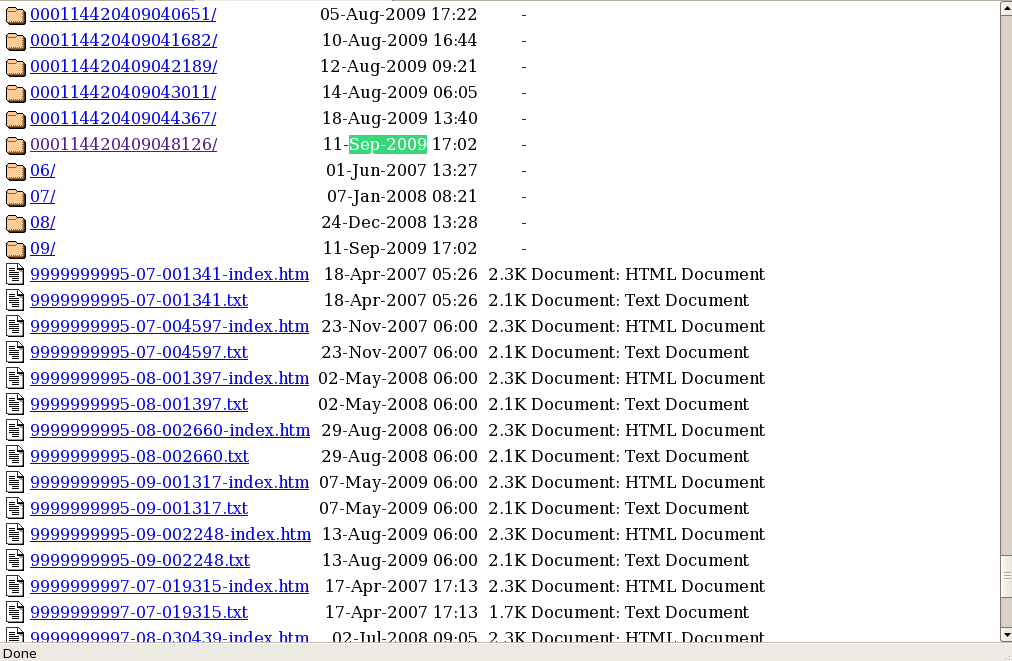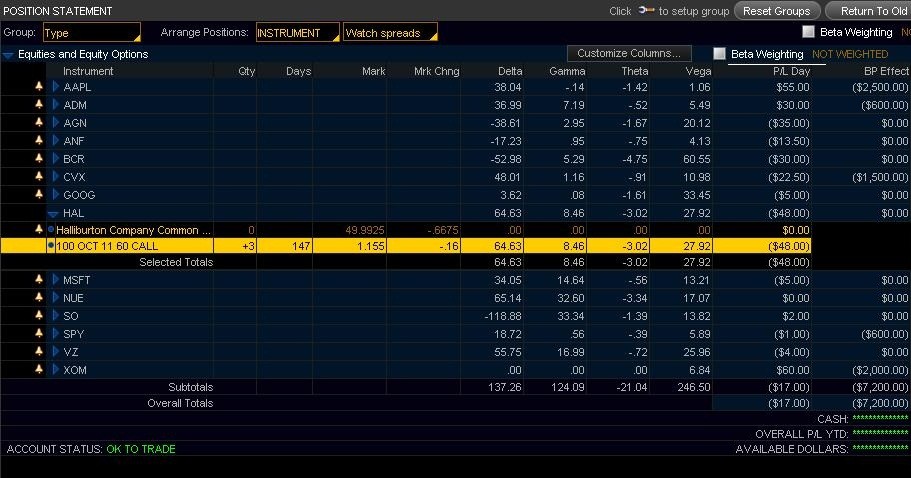Exercising Stock Options
Post on: 22 Июнь, 2015 No Comment

Exercising a stock option means purchasing the issuers common stock at the price set by the option (grant price), regardless of the stocks price at the time you exercise the option. See About Stock Options for more information.
Tip: Exercising your stock options is a sophisticated and sometimes complicated transaction. The tax implications can vary widely be sure to consult a tax advisor before you exercise your stock options.
Choices When Exercising Stock Options
Usually, you have several choices when you exercise your vested stock options:
Hold Your Stock Options
If you believe the stock price will rise over time, you can take advantage of the long-term nature of the option and wait to exercise them until the market price of the issuer stock exceeds your grant price and you feel that you are ready to exercise your stock options. Just remember that stock options will expire after a period of time. Stock options have no value after they expire.
The advantages of this approach are:
- youll delay any tax impact until you exercise your stock options, and the potential appreciation of the stock, thus widening the gain when you exercise them.
Initiate an Exercise-and-Hold Transaction (cash-for-stock)
Exercise your stock options to buy shares of your company stock and then hold the stock. Depending on the type of the option, you may need to deposit cash or borrow on margin using other securities in your Fidelity Account as collateral to pay the option cost, brokerage commissions and any fees and taxes (if you are approved for margin).
The advantages of this approach are:
- benefits of stock ownership in your company, (including any dividends) potential appreciation of the price of your company’s common stock.
Initiate an Exercise-and-Sell-to-Cover Transaction
Exercise your stock options to buy shares of your company stock, then sell just enough of the company shares (at the same time) to cover the stock option cost, taxes, and brokerage commissions and fees. The proceeds you receive from an exercise-and-sell-to-cover transaction will be shares of stock. You may receive a residual amount in cash.
The advantages of this approach are:

- benefits of stock ownership in your company, (including any dividends)
- potential appreciation of the price of your company’s common stock. the ability to cover the stock option cost, taxes and brokerage commissions and any fees with proceeds from the sale.
Initiate an Exercise-and-Sell Transaction (cashless)
With this transaction, which is only available from Fidelity if your stock option plan is managed by Fidelity, you may exercise your stock option to buy your company stock and sell the acquired shares at the same time without using your own cash.
The proceeds you receive from an exercise-and-sell transaction are equal to the fair market value of the stock minus the grant price and required tax withholding and brokerage commission and any fees (your gain).
The advantages of this approach are:
- cash (the proceeds from your exercise) the opportunity to use the proceeds to diversify the investments in your portfolio through your companion Fidelity Account.
Tip: Know the expiration date for your stock options. Once they expire, they have no value.
Example of an Incentive Stock Option Exercise
Disqualifying Disposition Shares Sold Before Specified Waiting Period
- Number of options: 100
- Grant price: $10
- Fair market value when exercised: $50
- Fair market value when sold: $70 Trade type: Exercise and Hold $50
When your stock options vest on January 1, you decide to exercise your shares. The stock price is $50. Your stock options cost $1,000 (100 share options x $10 grant price). You pay the stock option cost ($1,000) to your employer and receive the 100 shares in your brokerage account. On June 1, the stock price is $70. You sell your 100 shares at the current market value.
When you sell shares which were received through a stock option transaction you must:
- Notify your employer (this creates a disqualifying disposition)
- Pay ordinary income tax on the difference between the grant price ($10) and the full market value at the time of exercise ($50). In this example, $40 a share, or $4,000. Pay capital gains tax on the difference between the full market value at the time of exercise ($50) and the sale price ($70). In this example, $20 a share, or $2,000.
If you had waited to sell your stock options for more than one year after the stock options were exercised and two years after the grant date, you would pay capital gains, rather than ordinary income, on the difference between grant price and the sale price.














